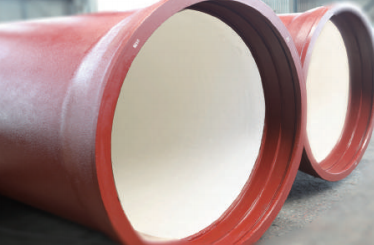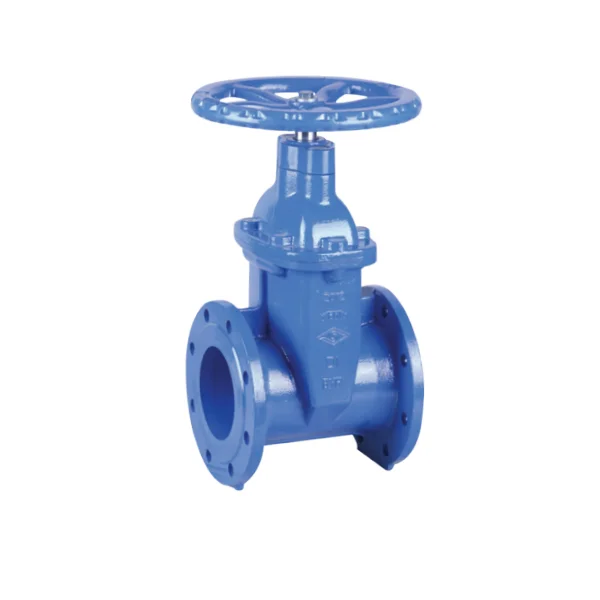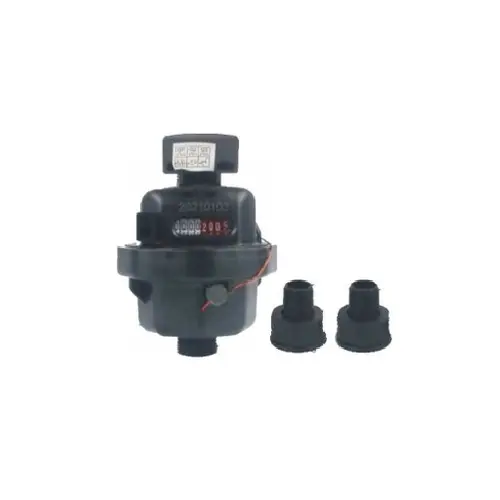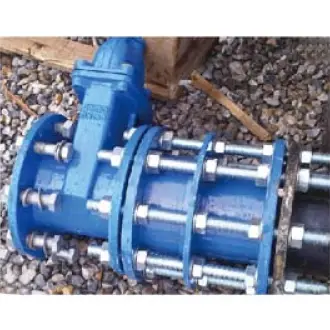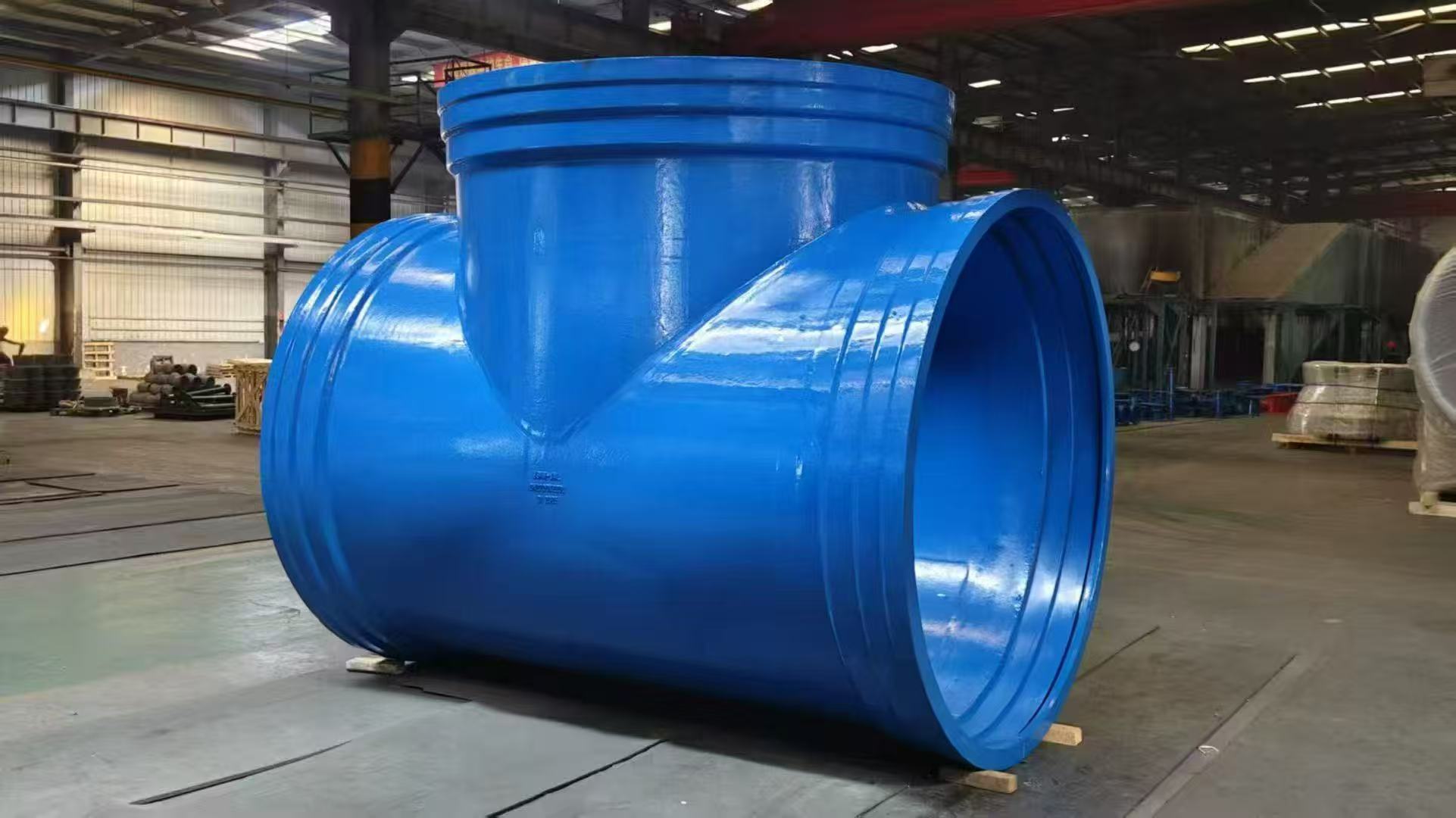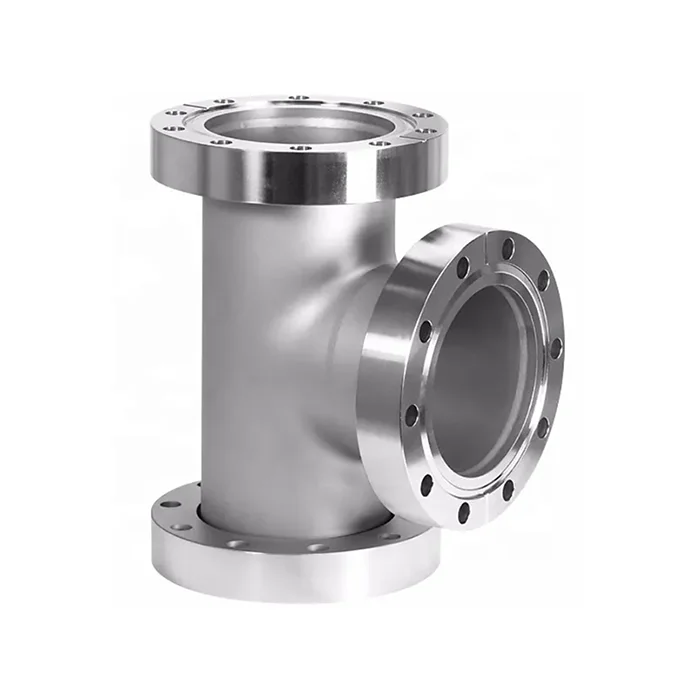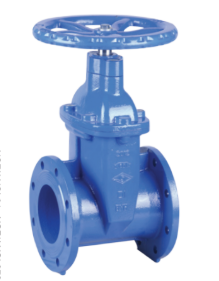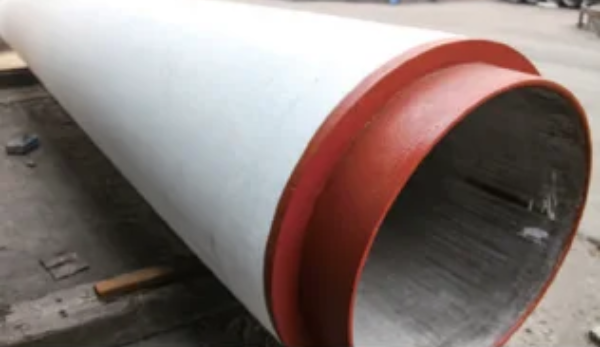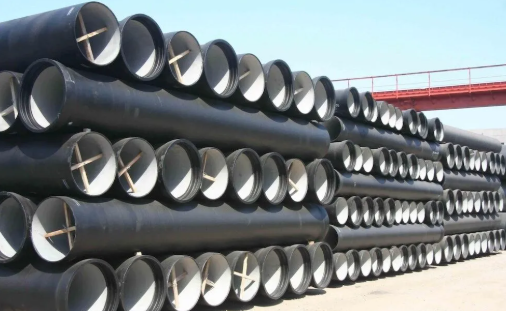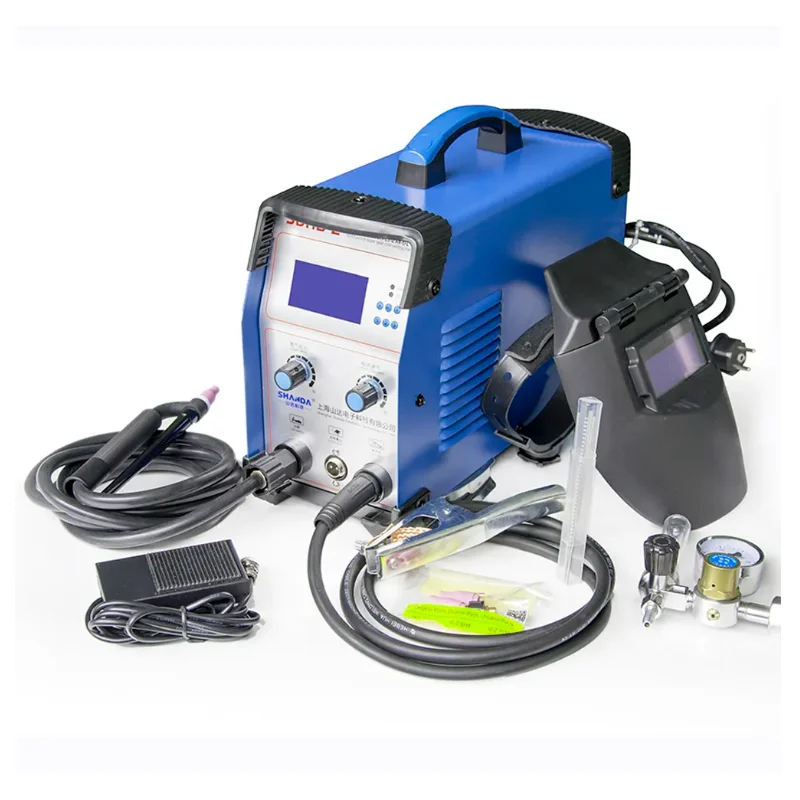Email Us
What are the classification of ductile iron pipes?
The third classification centers on strength and pressure ratings under international standards. The European system (ISO 2531/EN 545) uses K-class grading: K7 grade (tensile strength 420 MPa) suits low-pressure branch lines, K8 grade (500 MPa) covers most municipal water networks, while K9 grade (600 MPa)—with 30% thicker walls—serves as the primary choice for high-pressure mains and seismic zones. The American system (AWWA C151) adopts pressure class identification: C25 (PN20) for 2.0 MPa working pressure, C30 (PN25) for 2.5 MPa industrial pipelines, and the highest C40 (PN40) enduring 4.0 MPa extreme pressures, commonly seen in power plant cooling systems.
Specialized engineering demands have spurred functional pipe variants. Restrained joint pipes integrate mechanical locking devices within sockets, resisting hydraulic thrust without additional concrete thrust blocks, dramatically simplifying fittings installation. Jacking pipes feature thickened walls (15% thicker than standard) and polyurethane abrasion-resistant coatings to withstand thousands of metric tons of thrust during trenchless construction. Seismic-resistant pipes incorporate dual rubber gaskets and elongated sockets, permitting 15-degree joint deflection to maintain network integrity during earthquakes.
Structural design innovations continue expanding classification boundaries. Lightweight ductile iron pipes optimize graphite morphology to reduce K8-grade wall thickness by 12% without compromising pressure capacity, significantly cutting transportation costs. Smart pipes embed fiber-optic sensors to monitor wall strain and leakage points in real-time, with such condition-monitorable pipelines already deployed in Tokyo’s underground water systems. Eco-friendly pipelines utilize zinc-free epoxy coatings and food-grade polyurethane linings, meeting the highest potable water sanitation standards (NSF/ANSI 61 certified), representing the future direction of urban water infrastructure upgrades.
These classification dimensions are not isolated—a raw water main crossing saline-alkali soil might combine "K9 strength rating + FBE external coating + epoxy lining + restrained joints." Selection requires comprehensive analysis of soil corrosivity data, hydraulic models, and 50-year lifecycle costs, which embodies the core value of professional engineering services.
- Key points for quality inspection of ductile iron pipes
- Why do Carbon Steel Pipes keep winning tough industrial projects?
- What are the connection methods for ductile iron pipes?
- The Origin of the Butterfly Valve's Name
- Should Your Next Water Project Trust Ductile Iron Pipe Fitting?
- What are the differences between flanges and flange blind plates?
About Us
Contact Us
No. 112, Jiefang Road, Lixia District, Jinan City, Shandong Province, China
Copyright © 2025 Shandong Epoch Equipment Co., Ltd. All Rights Reserved.




